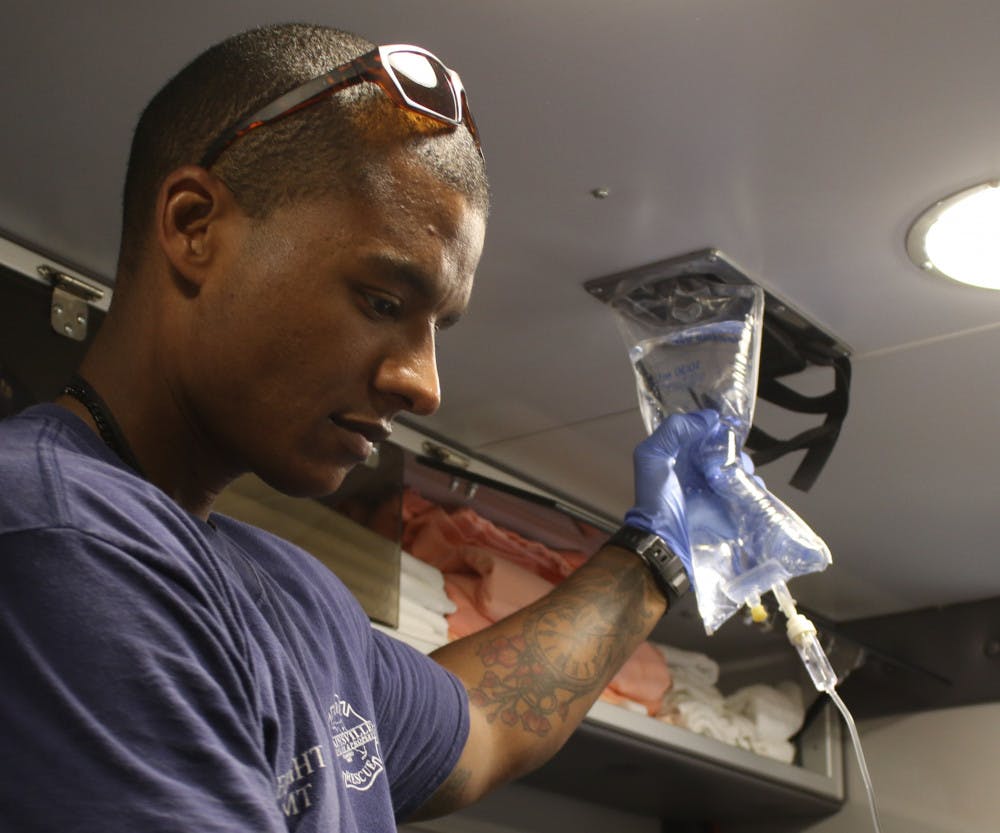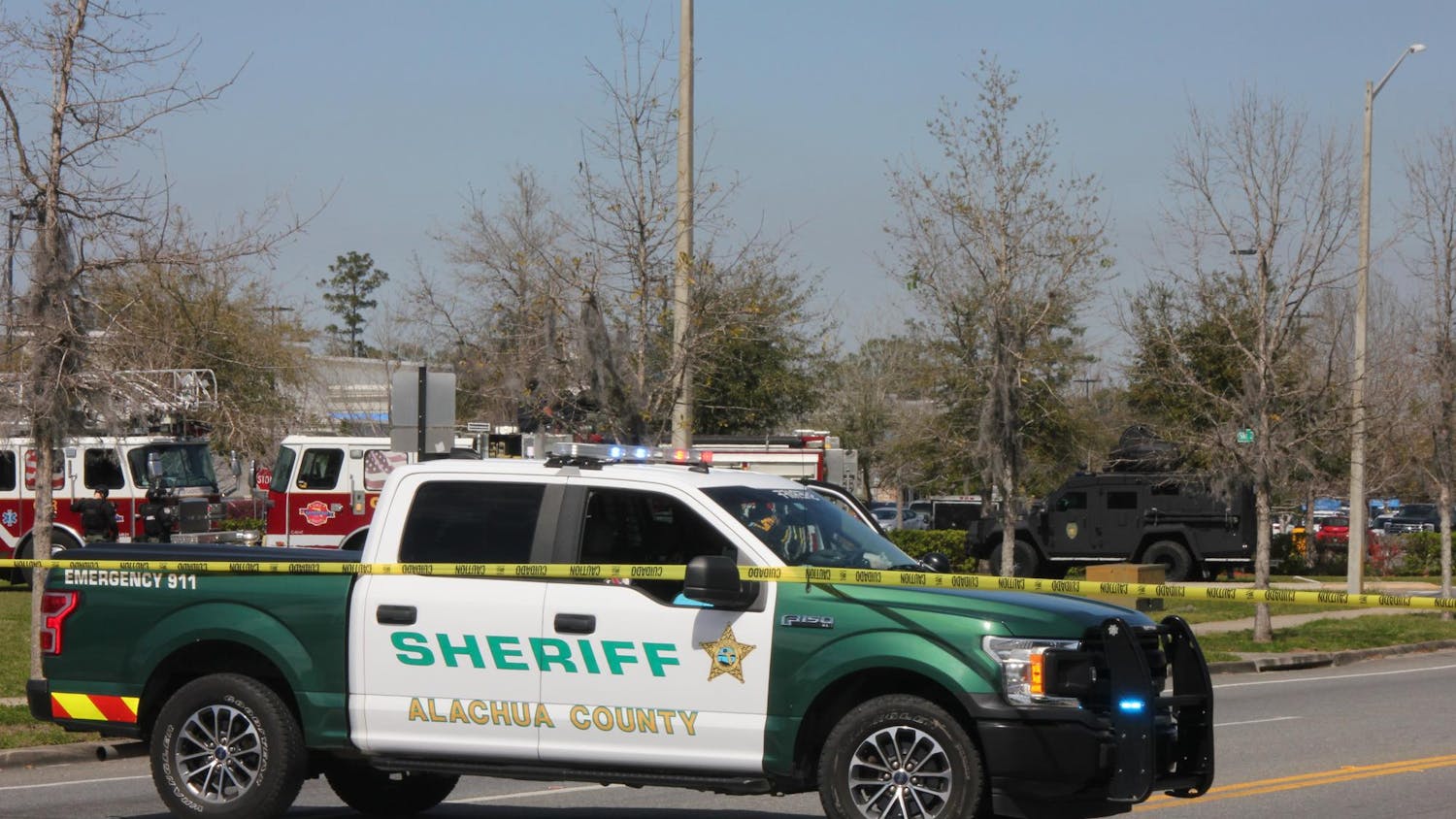Florida paramedics who are assigned to a special tactical team, such as a SWAT team, will be able to carry guns openly while they are in the field now that Gov DeSantis has signed House Bill 487 into law. This law will go into effect July 1, but Gainesville has yet to decide if it will participate.
Capt. Jorge Campos, Gainesville Police Department spokesperson, said this law will only apply to paramedics in tactical teams, not just any paramedics.
Before this law was in place, paramedics could not legally carry a gun and openly display it as part of their uniform even if they had a concealed weapons permit, Campos said.
Campos notes a mission involving an active shooter might require paramedics to have access to guns. This could be especially important if the SWAT team needs to keep moving while the paramedics stop to help victims, Campos said.
“This way, paramedics can defend themselves and their victims as they treat them. That’s why this law was passed,” Campos said.
Both the GPD and the Alachua County Sheriff’s Office have SWAT teams. Paramedics from the Gainesville Fire Rescue are assigned to those SWAT teams, Campos said.
Jeff Lane, the fire chief of the Gainesville Fire Rescue, said only a few of its over 90 paramedics work with SWAT teams, though they do not release the exact number for security purposes, Lane said.
Since the paramedics began working with SWAT teams, Gainesville Fire Rescue officials have discussed the possibility of arming these paramedics in addition to the plans already in place to safeguard them, Lane said.
“They have already had the weapons training and qualifications, they just could not by law carry a weapon,” Lane said.
Though it is legal for them to carry weapons now, Lane said this change will not apply to Gainesville paramedics until Gainesville Fire Rescue evaluates whether it would be appropriate and make the environment safer. It has not determined whether it will do so yet, Lane said.
Lane said his law illustrates the increased number of events happening nationwide that require the deployment of these special teams. While safety is always a concern to Lane, he notes that more frequent deployments may result in an increased risk of incidents, Lane said.
“The safety of our responders is always at the foremost of our mind when we plan for these events,” Lane said.
Gunnar Piner, a 28-year-old firefighter EMT and driver, helps start the flow of fluids into a patient’s arm who is being transported to the hospital in an ambulance. The woman’s heartbeat was fluctuating and during the transit she asked another paramedic, Andrew Picklo, “I ain’t gonna die, am I?” Picklo then reassured her while working to steady her condition, “No ma'am, you’re not going to die.”






